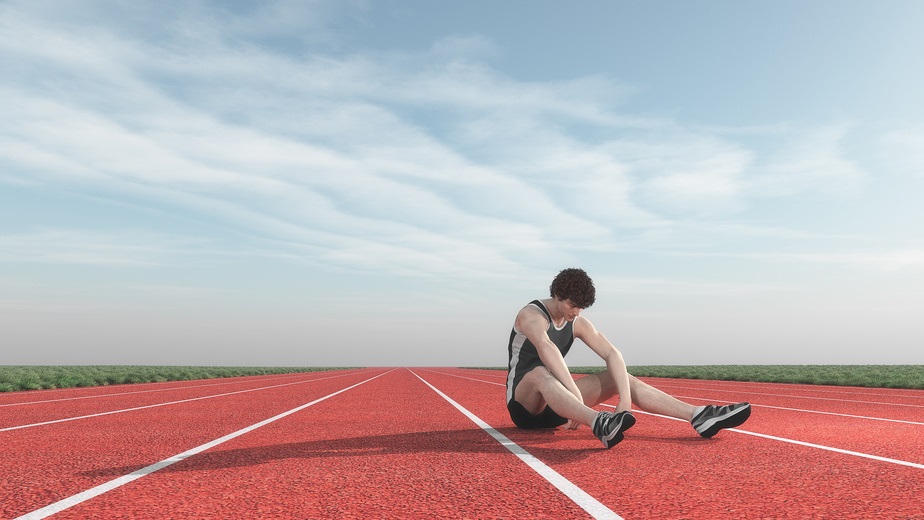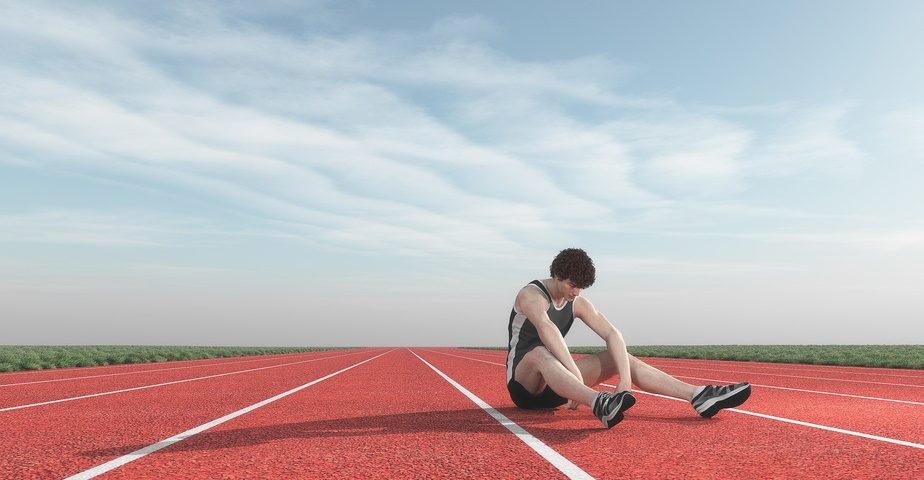
Taking part in a Junior athletics club or society is a great way for children to get involved in outdoor activities outside of their school. Coaches and leaders will do everything that they can to ensure that the children in their care stay safe, however all participants should also take some responsibility for their own care and wellbeing. Here is some additional information about how to stay safe whilst at children’s sports or athletics society.
Nutrition
If you want to take part in youth sports, it is important that you have a good understanding about nutrition. Having the right diet will help to give you the energy that you need to allow you to remain competitive and it will help your muscles to recover after each exercise session. It is important for teenagers to understand that their bodies will start to change during puberty and this will affect their nutritional needs. Boys and girls will also develop different nutritional needs. Whilst boys should start to develop more muscle mass, girls may start to notice an increased body fat percentage. Although teenage girls can become worried about higher body fat percentages, it is important for athletes to understand that body fat is essential.
A young athlete should consume a healthy mix of fats, proteins and carbohydrates. If you are unsure about the foods that you need to eat, then you should speak to your coach or any of the support leaders in your club. If you are worried about eating disorders or disordered eating by a fellow club member, then you should mention your concerns to a trusted adult.
Mental Health in Sports
Studies have shown that young people who take part in a sports club or society are more likely to have positive mental health than those who do not take part in any out of school clubs or societies. Participants should maintain a healthy attitude towards competition, so that they do not feel depressed or anxious about losing. Coaches and club leaders should not put pressure on participants to “win at all costs”, and coaches should never punish or threaten participants with punishment if they lose. It is also important for participants to have a life outside of their junior athletic club. Spending too long training can lead to an obsession with exercise. Obsessive training can have a negative impact on the participant’s quality of life, and they may need additional support to help them to break the cycle. Youth sport coaches should encourage participants to maintain a healthy attitude to exercise and training routines.
Training Injuries
It is possible for young athletes to suffer training injuries whilst they are at a junior athletics club. Most injuries occur as a result of overtraining or because of incorrect technique. Participants should take care not to push themselves too far beyond their own natural limits. They should also take adequate time to recover between each session, so as not to put excessive strain on muscles, joints and tendons. Exercising before your body has had adequate chance to recover can lead to inflammation and infections such as tendonitis. It is important to know and respect your limits whilst you are exercising and competing. It is also important to understand that your limits can change as your body grows and develops.
Children aged between 10 -13 are particularly likely to develop heel injuries as their feet grow rapidly, whereas 12 -14 year olds are more likely to develop knee injuries as they enter puberty and experience a growth spurt. Older teenagers are most likely to notice lower back strain injuries as they relearn the capabilities of their post-pubescent body. Avoid serious training injuries by understanding your body properly and how these changes could affect your athletic ability.
If a junior athlete is injured solely because of negligence which could include a coach pushing too hard, badly maintained or incorrect sports equipment, it could be that you are entitled to compensation for a sports injury.
Sunburn
Children and teenagers should take sun safety precautions whenever they take part in outdoor events or activities. Overexposure to the sun can put people at risk of developing painful sunburn and can be bad for the eyesight. Frequent overexposure will also increase the risk of melanoma and other types of skin cancer. Suffering from sunburn just a few times can increase the risk of melanoma by around 80%. The risk is further increased if these sunburns occurred during childhood.
To reduce sun risks whilst taking part in youth athletics, participants should try to stay out of the sun as much as possible between 11am and 3pm. Wear a hat and sunglasses whenever you are able to (although you might need to remove these whilst you are actually competing). Apply sun cream about 30 minutes before going out into the sun. You may need to reapply the sun cream again after particularly heavy periods of exercise. Many youth events will now include a sun cream champion who will work to promote sun safety amongst all of the participants.

